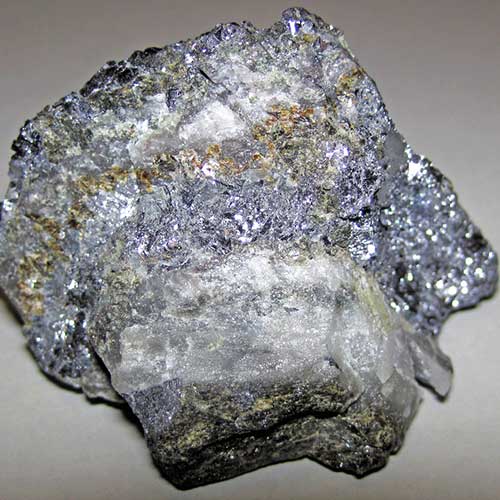Home » R&D Projects » Lead recycling from used batteries
Lead recycling from used batteries
The recycling of lead from used batteries is a well-established and environmentally critical process in the circular economy. Spent lead-acid batteries, commonly found in automobiles, are a significant source of recoverable lead, which can be extracted and refined for reuse in new battery production or other applications. The process typically involves the collection and sorting of used batteries, followed by the dismantling and separation of the internal components, such as the lead plates, lead oxide, and sulfuric acid. The lead-bearing components are then smelted in a high-temperature furnace, typically using a blast furnace or rotary furnace, to separate the lead from other impurities. The molten lead is then refined to remove any remaining contaminants, resulting in high-purity lead, which is then cast into ingots or other forms and used in the manufacture of new lead-acid batteries, as well as other lead-based products, such as lead-acid alloys, lead sheets, and lead-based chemicals. By recycling lead from used batteries, the industry avoids the need for mining and processing virgin lead, which is an energy-intensive and environmentally damaging process. Lead recycling also helps to conserve natural resources, reduce waste, and minimize the environmental impact associated with lead disposal, making it a crucial component of the sustainable management of lead-acid batteries and contributing to the overall goal of a more circular and environmentally responsible economy.
